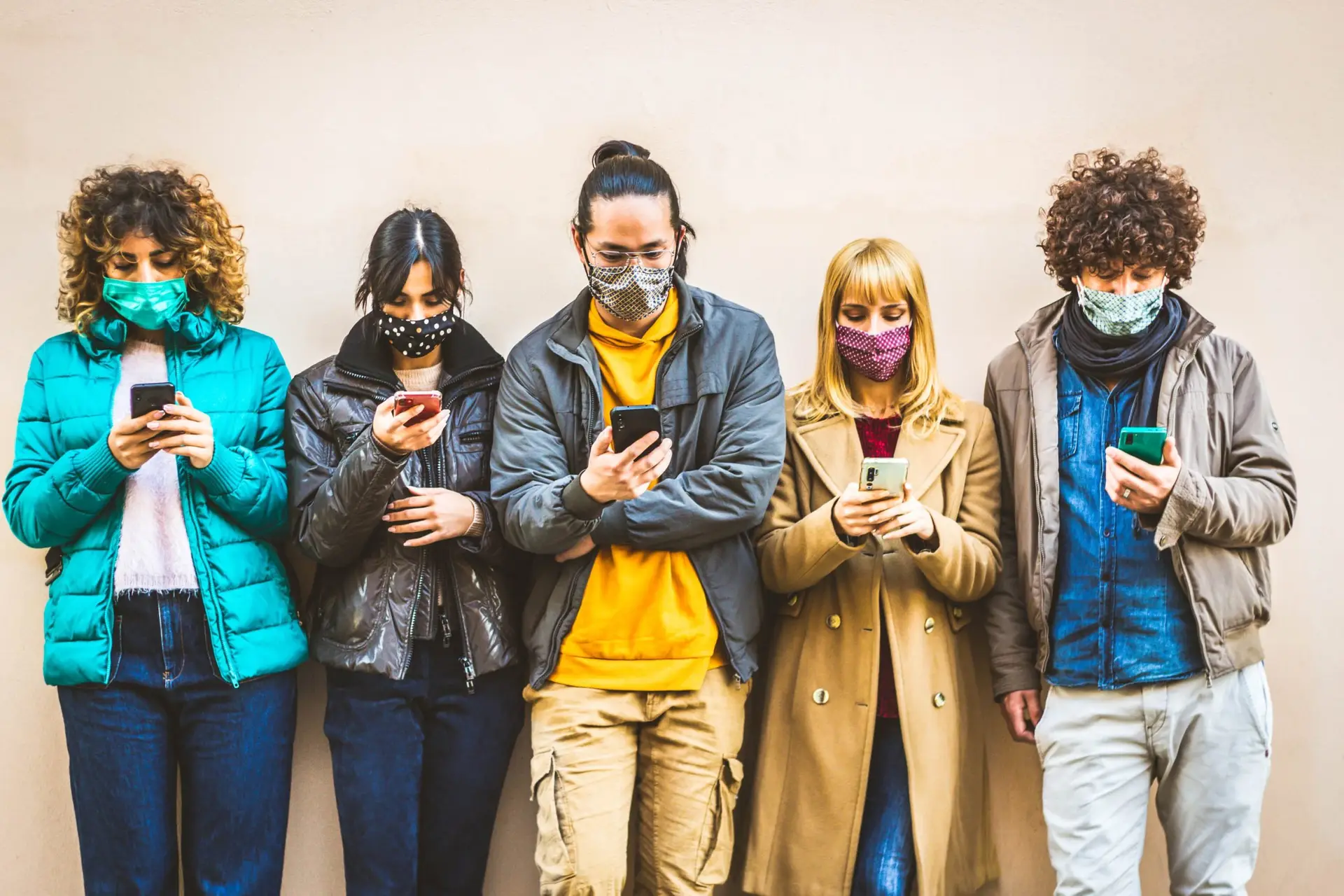
The COVID-19 pandemic has significantly influenced social media usage patterns, trends, and the overall digital landscape. As people around the world were confined to their homes due to lockdowns and social distancing measures, there was a marked shift in how social media platforms were used, both by individuals and businesses. Here are some key changes observed in social media post-COVID:
Increased Usage
Social media saw a dramatic increase in usage as people sought ways to stay connected, entertained, and informed while physically isolated. Platforms such as Facebook, Instagram, and Twitter reported higher engagement rates, with users spending more time online than before the pandemic.
Rise of Video Content and Live Streaming
With live events canceled and in-person gatherings restricted, there was a surge in live streaming and video content. Platforms like TikTok and Instagram Reels experienced rapid growth, as they provided users with a creative outlet and a means of escaping the stresses of the pandemic. Live streaming became a vital tool for artists, educators, and influencers to connect with their audience in real time.
Shift in Content Themes
The content narrative shifted significantly during the pandemic. There was a rise in content related to health and wellness, DIY projects, home workouts, cooking, and other home-based activities. Mental health became a prominent theme, with users and influencers openly discussing strategies to cope with anxiety and isolation.
E-commerce Integration
Social media platforms accelerated their e-commerce capabilities to support businesses affected by the pandemic. Instagram and Facebook, for example, introduced new features like Shops, which allow businesses to sell products directly through their social media profiles. This integration of shopping features has transformed social media into a vital channel for online shopping and brand discovery.
Virtual Events and Webinars
As physical events were put on hold, there was a pivot to virtual events and webinars. Social media platforms facilitated this transition by enhancing features that allow for virtual meetings, webinars, and events. This shift has not only kept people connected but has also opened up new opportunities for networking and learning online.
Changes in Advertising
The economic impact of the pandemic led to adjustments in advertising budgets and strategies. Many businesses shifted their focus towards social media advertising to reach their home-bound audience. Additionally, there was a greater emphasis on empathetic and community-focused messaging, with brands aiming to connect with consumers on a more personal level.
Focus on Authenticity and Transparency
The pandemic underscored the importance of authenticity and transparency on social media. Users gravitated towards content that was genuine and honest, whether from individuals sharing their personal experiences or brands communicating about their challenges and responses to the pandemic.
Conclusion
The post-COVID era has redefined the role of social media in our lives, highlighting its importance as a tool for connection, entertainment, education, and commerce. As the world continues to navigate the aftermath of the pandemic, the lessons learned and trends that emerged during this period will likely continue to influence how individuals and businesses use social media.

Businesses don't need likes, views, or followers – what truly matters are customers. Be a leader, not a hunter: Build a business where customers find you.











